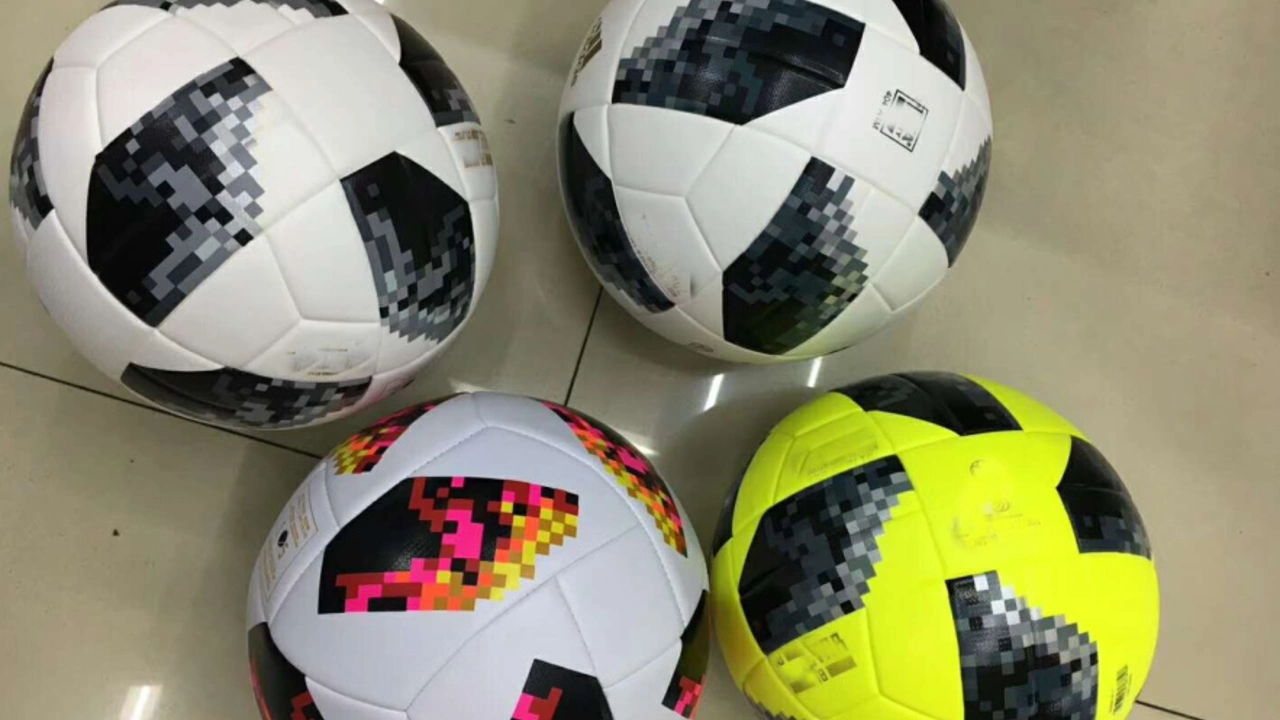The Geometry of Soccer Balls
Have you ever wondered why soccer balls are designed the way they are? The answer lies in their unique geometric shape. The hexagonal pattern on a soccer ball is not just there for aesthetics; it serves a very specific purpose. The spherical ball is made up of 32 panels, 20 of which are hexagonal and 12 of which are pentagonal. This is what gives the ball its iconic, immediately recognizable look, and it's much more than just a design choice. It represents a solution to a complex mathematical problem: how to create a spherical shape using flat panels.
The Science Behind the Hexagon
Hexagons are six-sided polygons that have been used in designs by nature and humans for thousands of years. The reason for this is that they are incredibly efficient. Hexagons can be fitted together without any gaps, making them ideal for constructing things like honeycombs in beehives and, of course, soccer balls. This efficiency allows for a uniform distribution of pressure across the ball when it's kicked, which ensures that it travels in a straight line.
The History of the Hexagonal Soccer Ball
Soccer balls weren't always made up of hexagons. In fact, the first balls used in the mid-19th century were made from inflated pig's bladders covered in leather, and they were far from perfect spheres. It wasn't until the 1960s, when the Buckminster Fuller-inspired design was introduced, that hexagons were used. The Buckminster Ball, also known as the Buckyball, was named after Richard Buckminster Fuller, an American architect who popularized the use of the geometric shape in his designs.
Why Not Other Shapes?
While other shapes could technically be used to create a sphere, hexagons are the most efficient. Triangles and squares, for example, could also be used, but they wouldn't provide the same level of uniformity. The angles at which a soccer ball made of triangles or squares would be hit would vary greatly, resulting in unpredictable movements. Hexagons, on the other hand, provide a good balance between the number of panels and the evenness of the surface.
The Impact of Hexagons on the Game
The use of hexagons in soccer balls has a significant impact on how the game is played. Because the panels fit together so neatly, the ball is almost perfectly round, which allows for more accurate kicks. The uniform surface also means that the ball responds consistently to being kicked, regardless of where it is struck. This makes the game more predictable and fair, with less reliance on chance and more on skill. So, the next time you watch or play a game of soccer, take a moment to appreciate the humble hexagon and the role it plays in making the sport what it is today.
